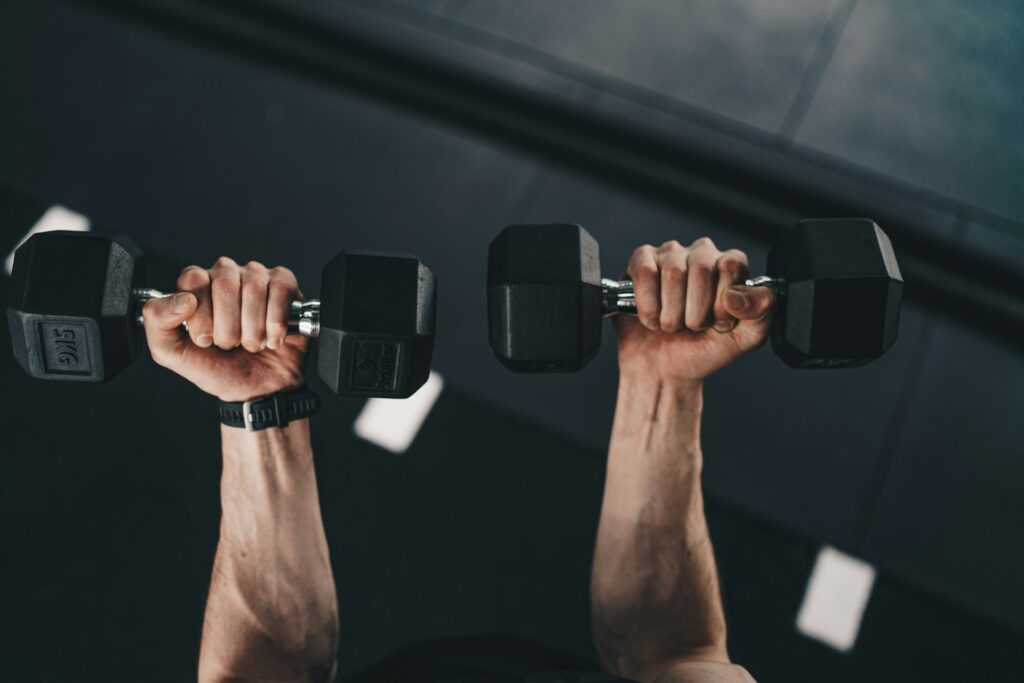When you’re just starting out with resistance training, choosing the right workout split can feel overwhelming. With terms like “push-pull-legs,” “bro splits,” and “full-body workouts” floating around, it’s easy to get confused.
But here’s the good news: you don’t need an advanced athlete’s routine to get results. In fact, beginners often progress faster on simple, well-structured workout splits designed to build a foundation in strength, mobility, and muscle endurance.
What Is a Workout Split?

A workout split refers to how you divide your training across the week. For example:
- Full-body split: Train all major muscle groups each session
- Upper/lower split: Alternate between upper-body and lower-body sessions
- Body-part split: Each session targets one or two muscle groups
The right split depends on your experience level, goals, schedule, and recovery capacity.
Key Principles for Beginners
Before diving into specific splits, here are science-supported principles that matter most for beginners:
- Frequency: Train each major muscle group at least 2 times per week
- Volume: Start with around 8–12 sets per muscle group per week
- Progression: Gradually increase weights, reps, or sets each week
- Recovery: Allow 48 hours of rest per muscle group before training it again
- Technique: Learn proper form before chasing heavier weights
Source: Schoenfeld et al. (2016), “Effects of resistance training frequency on hypertrophy.”
Best Workout Splits for Beginners
1. Full-Body Workout Split (3 Days/Week)
Schedule: Monday – Wednesday – Friday (or any non-consecutive days)
Why it works:
- Trains all major muscles each session
- High frequency = better strength and muscle learning
- Ideal for beginners with limited time
- Allows full recovery between sessions
Example Plan:
Day 1 / 3 / 5 – Full Body
- Squats – 3×8
- Push-ups or Bench Press – 3×10
- Dumbbell Rows – 3×10
- Plank – 3×30 seconds
- Overhead Press – 3×8
- Lunges – 2×10 each leg
You can slightly vary exercises each day (e.g., use goblet squats instead of barbell squats) to keep it fresh.
If you prefer the 3 day/week schedule, you may like to dig deeper into better variations and read: The Best 3 Day Workout Split
2. Upper/Lower Split (4 Days/Week)
Schedule: Monday, Tuesday, Thursday, Friday
Why it works:
- Each muscle group trained twice per week
- Shorter, more focused sessions than full-body workouts
- Easier to progressively overload
- Great next step after mastering a 3-day full-body routine
Example Plan:
Day 1 – Upper Body (Push & Pull)
- Incline Dumbbell Press – 3×8
- Pull-ups or Lat Pulldown – 3×10
- Overhead Dumbbell Press – 3×10
- Dumbbell Curls – 3×12
- Triceps Rope Pushdowns – 3×12
Day 2 – Lower Body
- Barbell Squats – 3×8
- Romanian Deadlifts – 3×10
- Leg Press – 3×12
- Standing Calf Raises – 3×15
- Seated Calf Raises – 3×15
Repeat Thursday and Friday with slight variations.
If you prefer the 4 day workout split, you may like to read: The Best 4 Day Workout Split Based On Science
3. Push / Pull / Legs (3–Day or 6–Day)
Schedule:
- 3-Day Version: Monday (Push), Wednesday (Pull), Friday (Legs)
- 6-Day Version (for advanced beginners): Push/Pull/Legs repeated
Why it works:
- Builds movement pattern familiarity
- Trains muscles in logical groupings
- Easy to organize as you progress
Push (Chest, Shoulders, Triceps)
- Bench Press – 3×8
- Overhead Press – 3×10
- Triceps Dips – 3×10
Pull (Back, Biceps)
- Barbell Row – 3×8
- Lat Pulldown – 3×10
- Dumbbell Curls – 3×12
Legs (Quads, Hamstrings, Glutes, Calves)
- Squats – 3×8
- Deadlifts – 3×8
- Calf Raises – 3×15
Not to your liking? Feel free to explore The Best 6 Day Workout Split Based On Science For Fitness Enthusiasts
How to Choose the Right Split
| Your Weekly Availability | Best Split |
|---|---|
| 2–3 days | Full-body workouts |
| 4 days | Upper/lower split |
| 5–6 days | Push/pull/legs or Bro split (with care) |
Looking for something else? Maybe a 5-Day Workout Split Is The Thing For You?
If you’re a complete beginner, start with the 3-day full-body plan. It’s simple, effective, and builds consistency without overwhelming you.
Key Tips for Beginners
- Focus on form over heavy weights
- Stick to compound exercises (squats, presses, rows)
- Track your progress (notebook or app)
- Warm up properly before each session
- Don’t train to failure every time — leave 1–2 reps in the tank
- Be consistent — results come from months, not days
Final Thoughts
The best workout split for beginners is the one that helps you build a habit, progress safely, and train consistently. Science supports training each muscle group 2x per week for optimal growth, and full-body or upper/lower splits achieve this effectively.
Still confused? Maybe going to the gym is the issue with you, and it’s completely ok! Feel free to explore a detailed blog on Calisthenics vs Weightlifting – Which One Is Better?
Start simple, stay consistent, and gradually evolve your plan as you gain experience.
Hi friends, its enormous piece of writing concerning teachingand entirely explained, keep it up all the time.